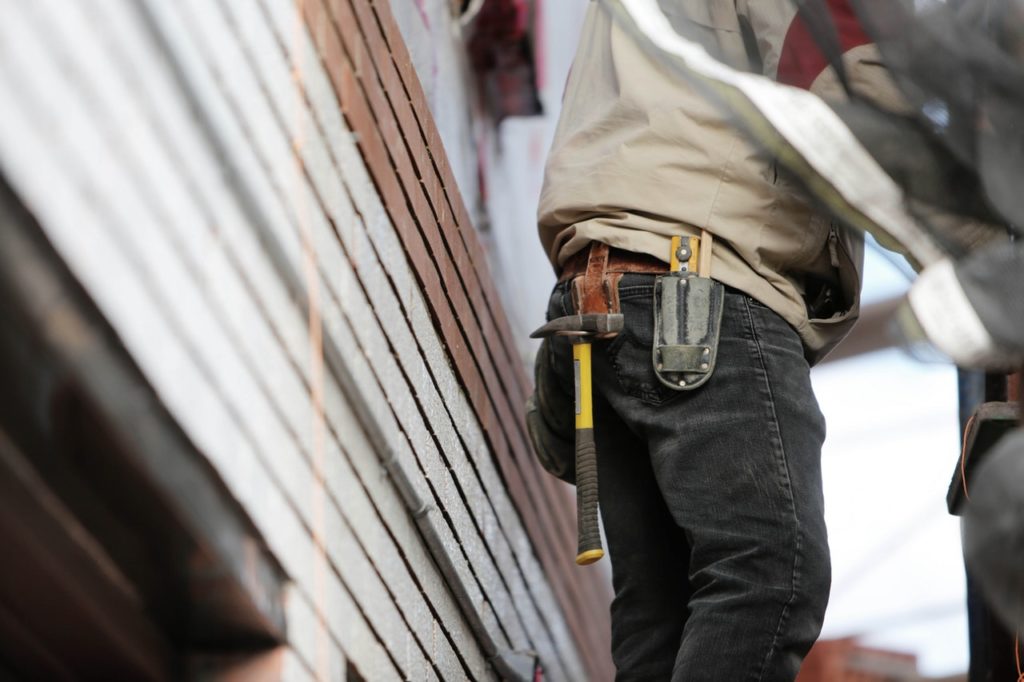When it comes to home renovation loans, there are several advantages of selling and moving. For example, your family can avoid the trouble of packing, moving and unpacking; you can save the expense of selling (6 percent to 10 percent of the property value) and buying (2 percent to 5 percent), and you can get exactly what you want by improving the home you already have. Here are some top methods for financing home improvements, one or more of which might be an ideal fit for you.
Home equity loan
A home equity loan (HEL or HELOAN) allows you to borrow against the equity you’ve built up in your home. Your equity is calculated by assessing your home’s value and subtracting the outstanding balance due on your mortgage loan. With a HEL, your home is used as collateral. The interest rate usually is fixed over the loan’s repayment term. This can last from five to 30 years. You may be able to borrow up to 100 percent of your home’s value. But you’ll likely have to pay closing costs on this loan. A HEL consists of a single payment up front and is similar to a second mortgage. A home equity loan also might be tax deductible, so check with your CPA or tax adviser.
HELOC
A HELOC functions as a line of credit. Like a HEL, it lets you borrow against your home’s equity and use your home as collateral. But with a HELOC, you can withdraw cash, up to a pre-approved spending limit, over a set draw period. Your credit score, income, and home’s value will determine your spending limit. The interest rate isn’t fixed with a HELOC. Instead, it’s a preset variable rate based on current prime rates. The good news is you only pay interest on the amount you borrow. Closing costs also are minimal, even zero in many cases. You only begin to pay it back once you have a balance owed, with the term spanning from five to more than 20 years. If the loan isn’t paid in full by the end of the term, the HELOC can convert into an amortizing loan. Note: The lender can be permitted to change the terms during the loan’s life, which can reduce the amount you’re able to borrow if, for example, your credit goes down. But HELOCs still offer flexibility. You don’t have to pull money out until you need it, and the credit line is available for up to 10 years.
Cash-out refinance
Another way to obtain money for home upgrades is with a cash-out refi. This involves refinancing your mortgage and taking out cash at closing. This also allows you to convert equity into cash. Your new loan is for an amount greater than your existing loan, so you get to pocket the difference between the two. This option usually is best if you can reset your loan at a lower interest rate than your current mortgage. You also might be able to adjust the term to a shorter amount if, for example, you have 20 years left on your 30-year loan. You may be able to do a cash-out refi for a lower interest rate at only 15 years.
Compare costs during the life of the loan, including closing costs—as in cost of the new loan, including closing costs and interest until it’s repaid—versus the cost of keeping your current loan for its life and adding in the new loan costs and interest during its life. Keep in mind that cash-out refinances have higher closing costs, and they apply to the entire loan amount, not just the cash-out. Unless your new rate is significantly lower than the old one, and you’re taking a large amount of cash, a small loan may be less expensive.
FHA 203(k) rehab loan
An FHA 203(k) rehab loan allows eligible borrowers to finance a remodel in a simpler way. This option is available at the time you first purchase or refinance. Your balance due on the home and rehab costs are bundled into one loan. That means you don’t have to apply for two separate loans or pay closing costs twice. This loan is backed by the federal government. The rate can be fixed or adjustable; your down payment can be as low as 3.5 percent; you only need a credit score of at least 620, and you don’t need to be a first-time buyer. But this loan is designed only for older and fixer-upper homes. Your lender has to be FHA-approved, and your renovation costs must be at least $5,000.
Personal loan
A personal loan is an unsecured loan, meaning you don’t have to use your home as collateral. These loans can be obtained much faster than other types. The interest rate can be fixed or variable. But the rate usually is much higher than for a home equity-type loan. The better your credit score, the better your chance of getting a lower rate. The payback period also is less flexible, often two to five years, and you’ll likely pay closing costs.



